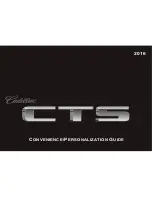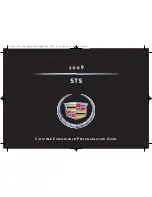
•
The TPMS should not be used as a tire pressure gauge
while adjusting your tire pressure.
•
Driving on a significantly under-inflated tire causes
the tire to overheat and can lead to tire failure.
Under-inflation also reduces fuel efficiency and tire
tread life, and may affect the vehicle’s handling and
stopping ability.
•
The TPMS is not a substitute for proper tire mainte-
nance, and it is the driver’s responsibility to maintain
correct tire pressure using an accurate tire gauge, even
if under-inflation has not reached the level to trigger
illumination of the Tire Pressure Monitoring Telltale
Light.
•
Seasonal temperature changes will affect tire pressure,
and the TPMS will monitor the actual tire pressure in
the tire.
System Operation
This is the TPMS warning indicator located in the
instrument cluster.
The TPMS uses wireless technology with wheel rim
mounted electronic sensors to monitor tire pressure lev-
els. Sensors, mounted to each wheel as part of the valve
stem, transmit tire pressure readings to the Receiver
Module.
NOTE:
It is particularly important for you to check the
tire pressure in all of the tires on your vehicle regularly
and to maintain the proper pressure.
The TPMS consists of the following components:
•
Receiver Module.
•
Five Tire Pressure Monitoring Sensors. (If Equipped
with Spare Tire)
5
STARTING AND OPERATING
279
Summary of Contents for Promaster City 2016
Page 4: ......
Page 7: ...1 INTRODUCTION 5 ...
Page 10: ......
Page 94: ......
Page 151: ...INSTRUMENT CLUSTER EVIC Instrument Cluster 4 UNDERSTANDING YOUR INSTRUMENT PANEL 149 ...
Page 264: ...262 STARTING AND OPERATING ...
Page 308: ......
Page 346: ......
Page 388: ...Fuse Panel Cavity Locations 386 MAINTAINING YOUR VEHICLE ...
Page 400: ......
Page 401: ...MAINTENANCE SCHEDULES CONTENTS 䡵 MAINTENANCE SCHEDULE 400 Maintenance Chart 402 8 ...
Page 418: ......
Page 419: ...INDEX 10 ...
















































